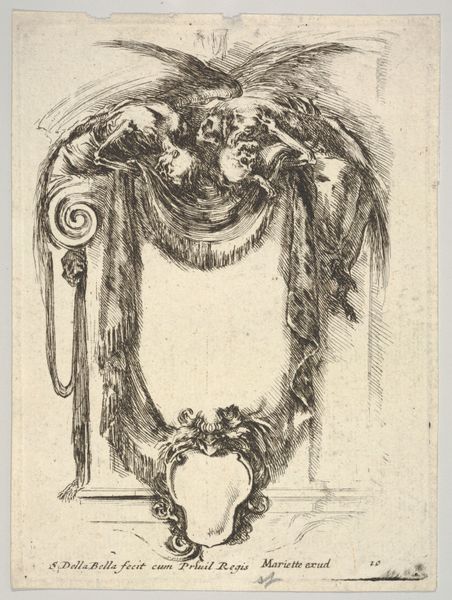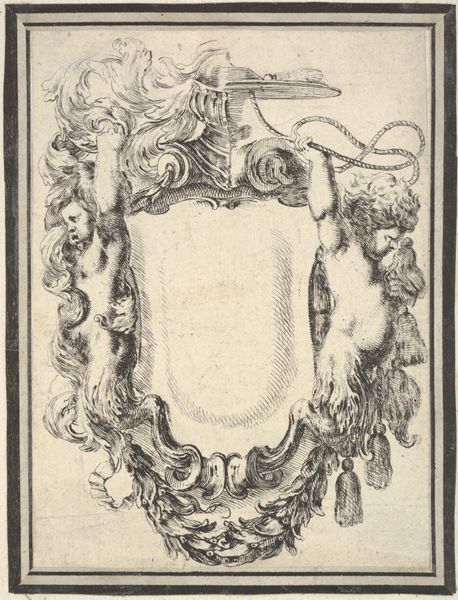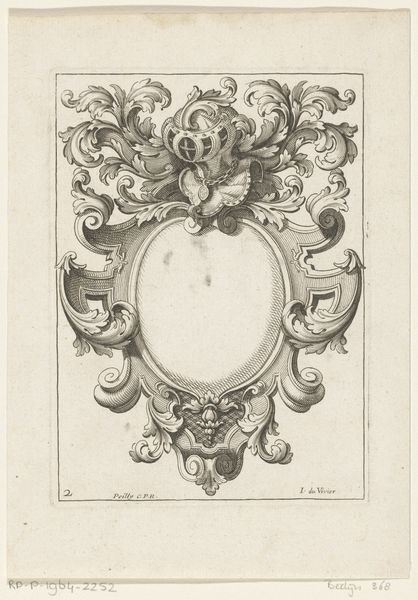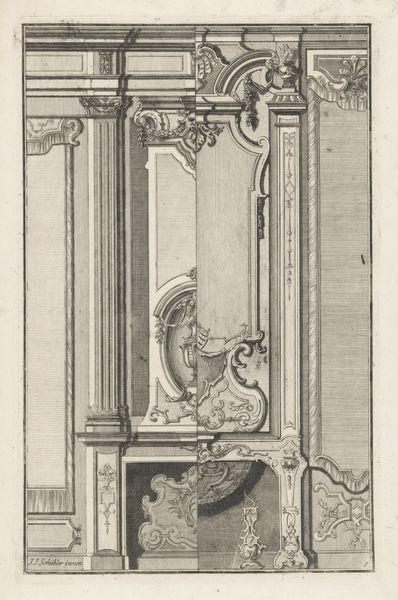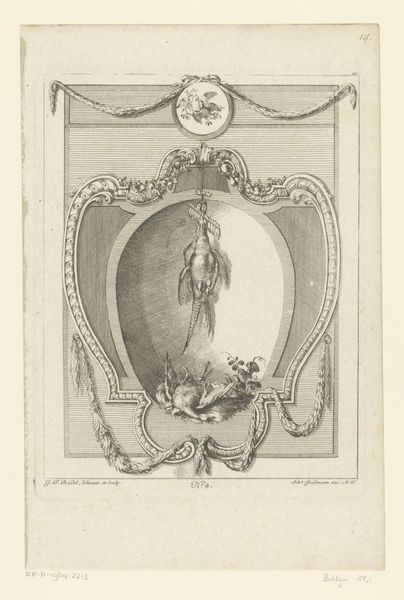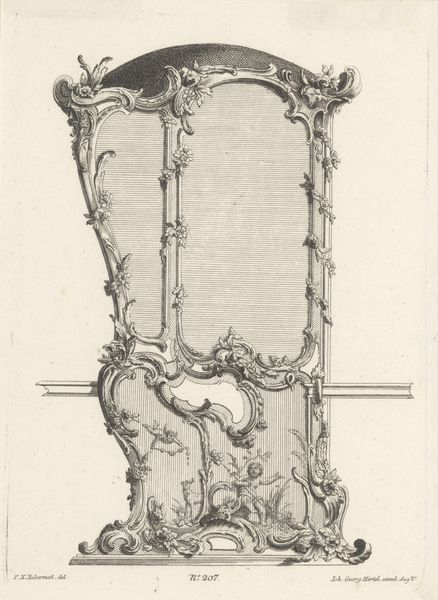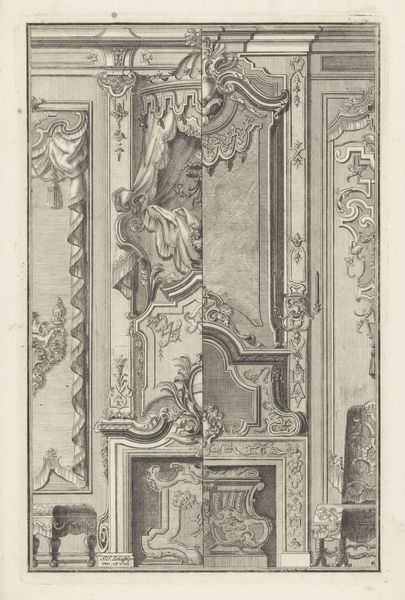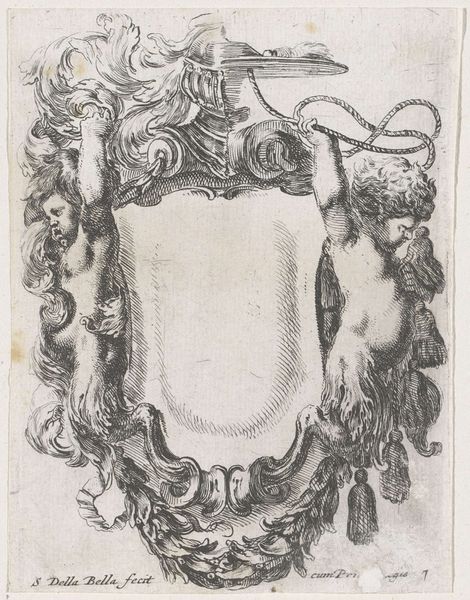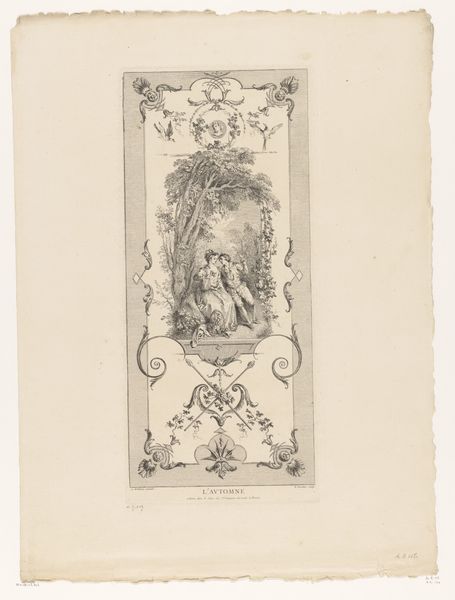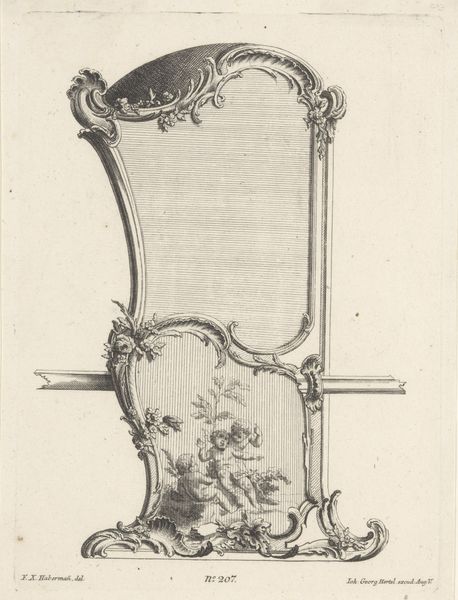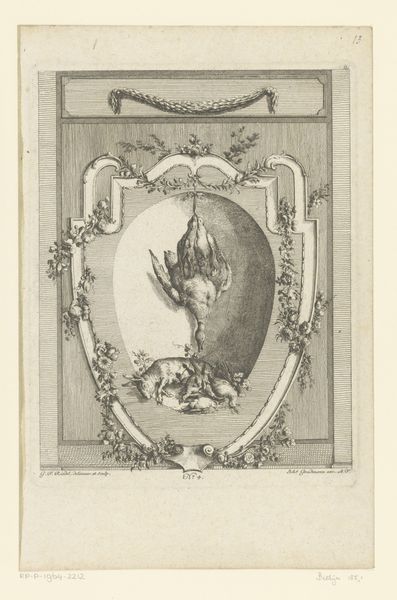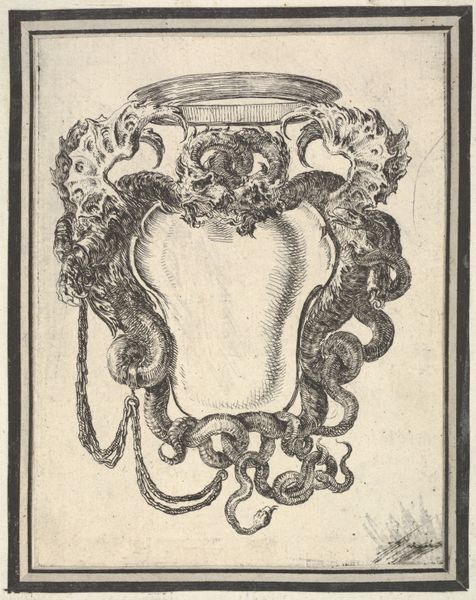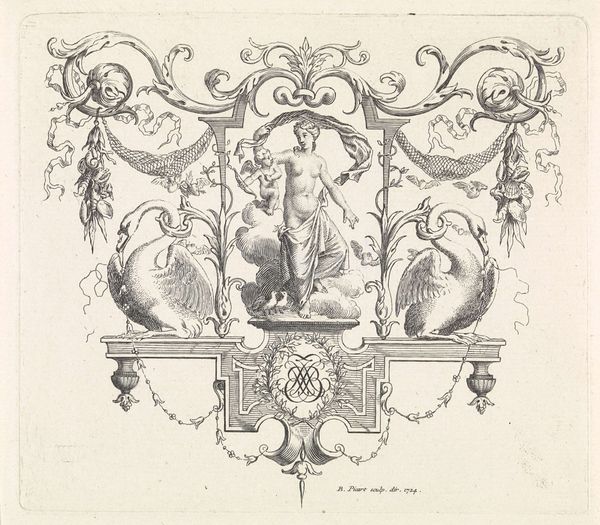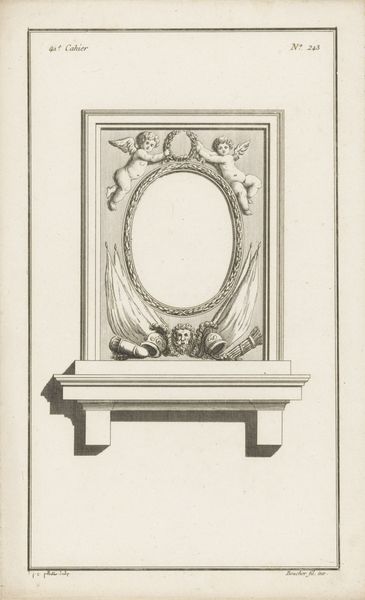
Plate 10: a cartouche formed by drapery and topped with two skeletons atop an Ionic entablature, from 'Nouvelles inventions de Cartouches' 1647
0:00
0:00
drawing, print, engraving
#
drawing
#
baroque
#
pen drawing
#
mechanical pen drawing
# print
#
pen illustration
#
pen sketch
#
old engraving style
#
figuration
#
personal sketchbook
#
pen-ink sketch
#
line
#
pen work
#
sketchbook drawing
#
history-painting
#
sketchbook art
#
engraving
Dimensions: sheet: 6 x 4 9/16 in. (15.2 x 11.6 cm)
Copyright: Public Domain
Editor: This is "Plate 10: a cartouche formed by drapery and topped with two skeletons atop an Ionic entablature, from 'Nouvelles inventions de Cartouches'" created in 1647 by Stefano della Bella, currently at the Met. It’s an engraving with an elaborate, almost theatrical frame, but the presence of skeletons is… unsettling. What can you tell me about it? Curator: Unsettling is a good word. Look closely at the line work, the obvious effort in creating texture on the drapery, and the precise depiction of skeletal remains. Doesn’t this meticulous labor, this very *materiality* of the print, seem almost defiant in the face of death? Editor: Defiant how? Curator: Think about the social context: The Baroque era was a period of immense wealth and extravagant display alongside constant reminders of mortality – plagues, wars. The print, mass-produced, circulated images of both grandeur *and* death. Consider the material investment in depicting ephemerality. Is that a paradox? Editor: So, the very act of meticulously creating and distributing these prints is a way of, I don’t know, “cheating” death, or at least memorializing against it? Curator: Precisely. It suggests that the labor, skill, and materials poured into its creation are equally vital as the symbols themselves. The work becomes a testament to human ingenuity. What is the symbolism that stands out to you the most? Editor: The juxtaposition of the Ionic entablature and the skeletons. I suppose it could represent something along the lines of "even classical art succumbs to death"? Curator: Interesting. This reading focuses on symbolic destruction. In that sense, how can mass distribution of such commentary be understood through political views during the time of creation? Editor: Hmm… Well, thank you for offering this different perspective, by focusing on material and production methods, it opens a new layer of depth to it! Curator: My pleasure. It's amazing to explore these artworks and analyze how historical events impacted not only themes but means of art production.
Comments
No comments
Be the first to comment and join the conversation on the ultimate creative platform.
